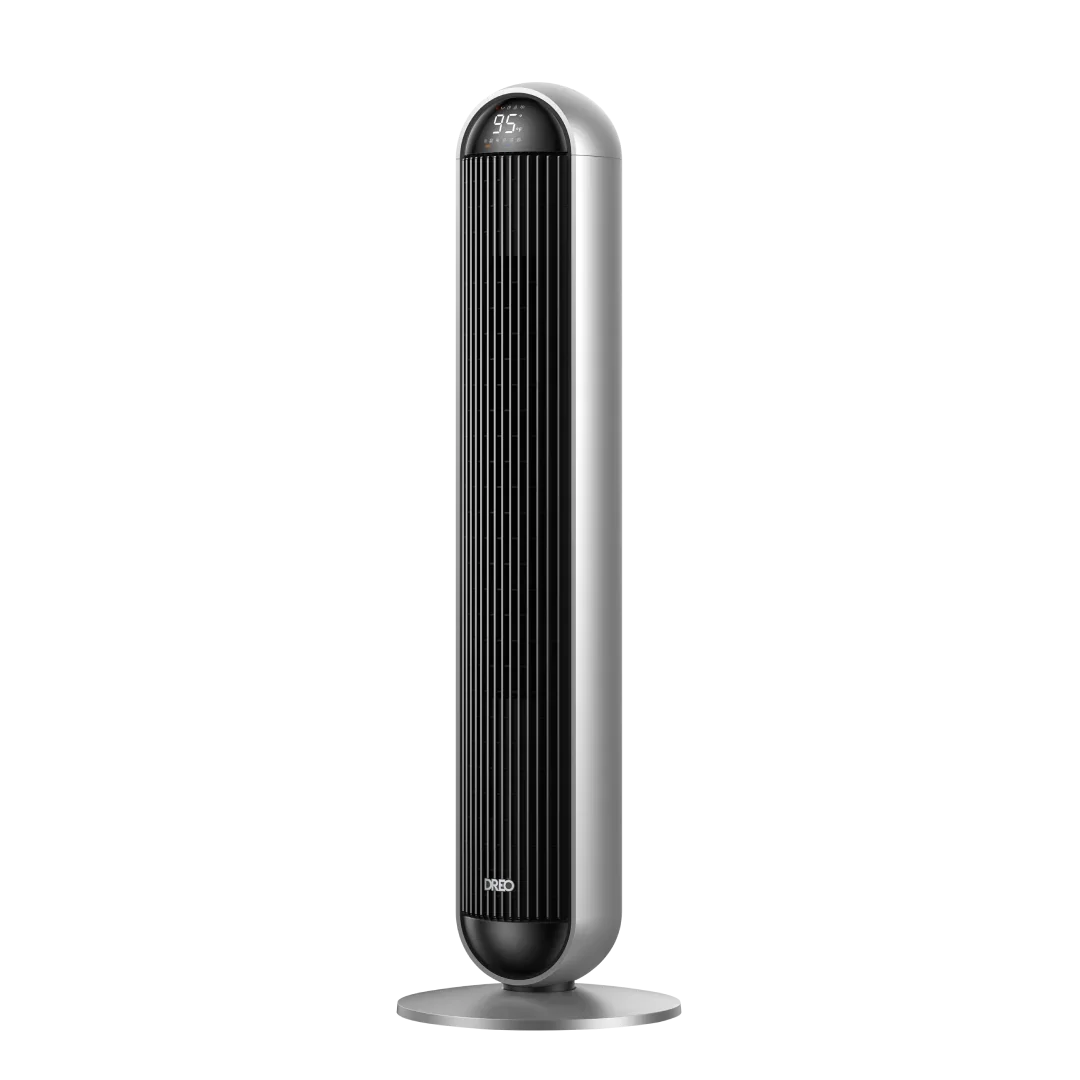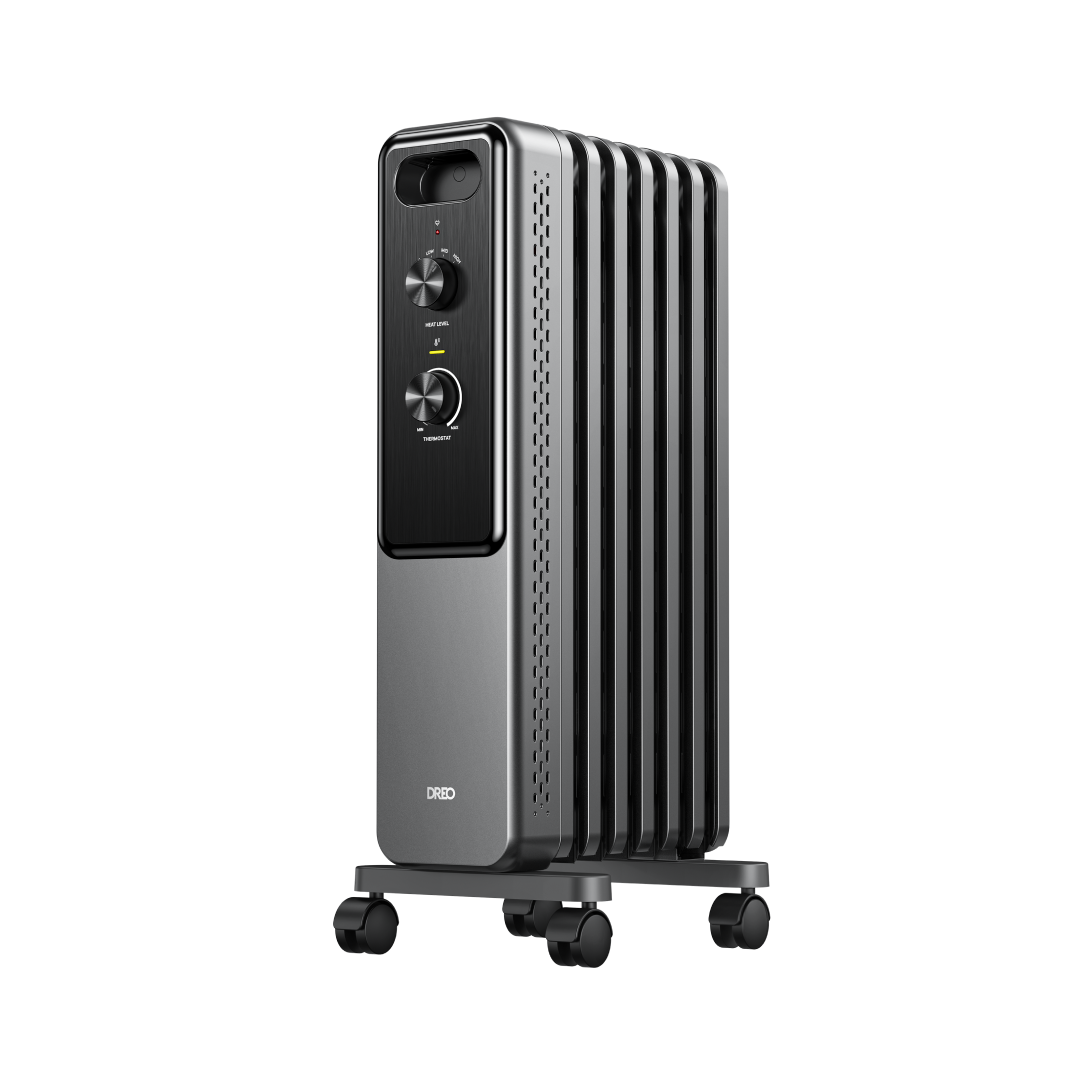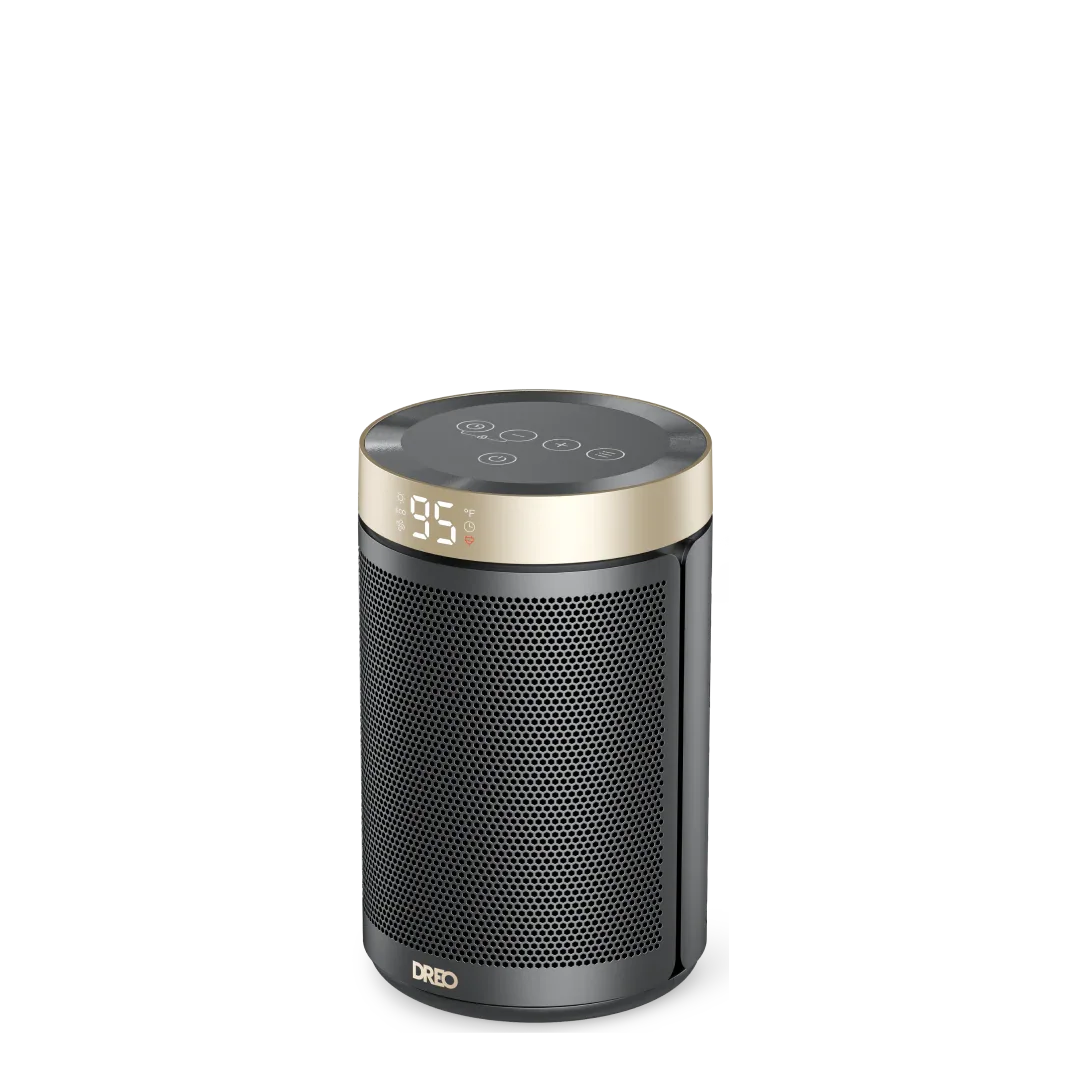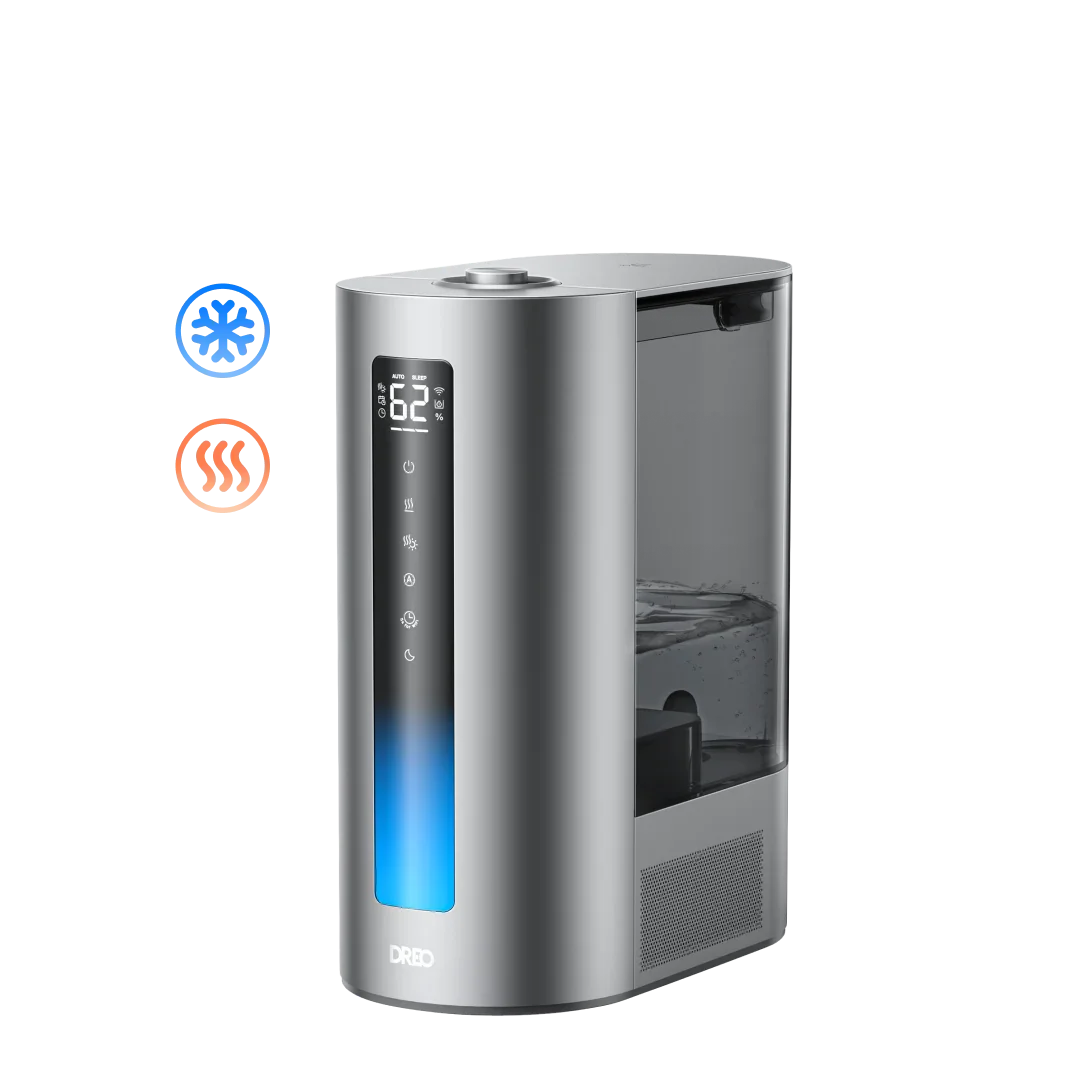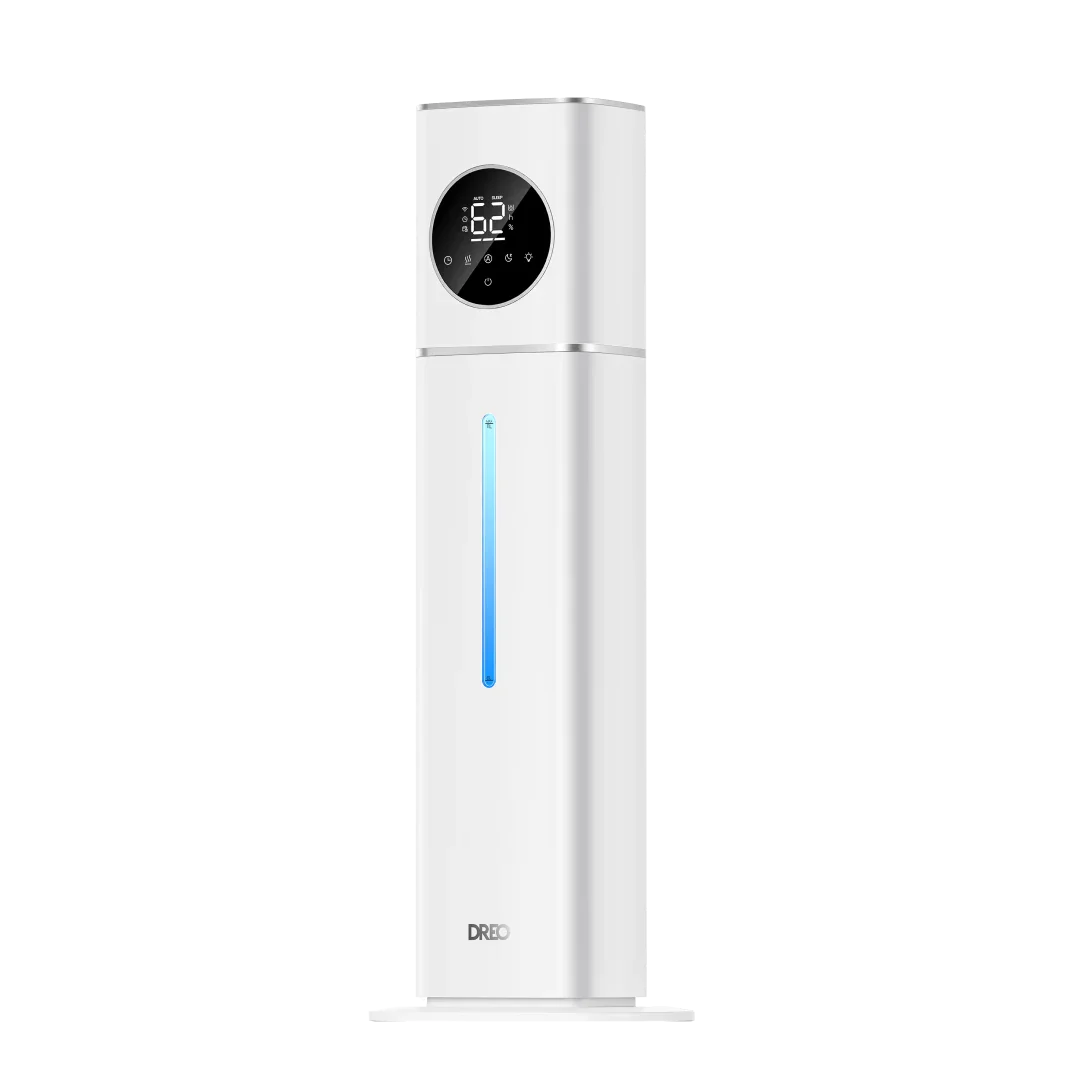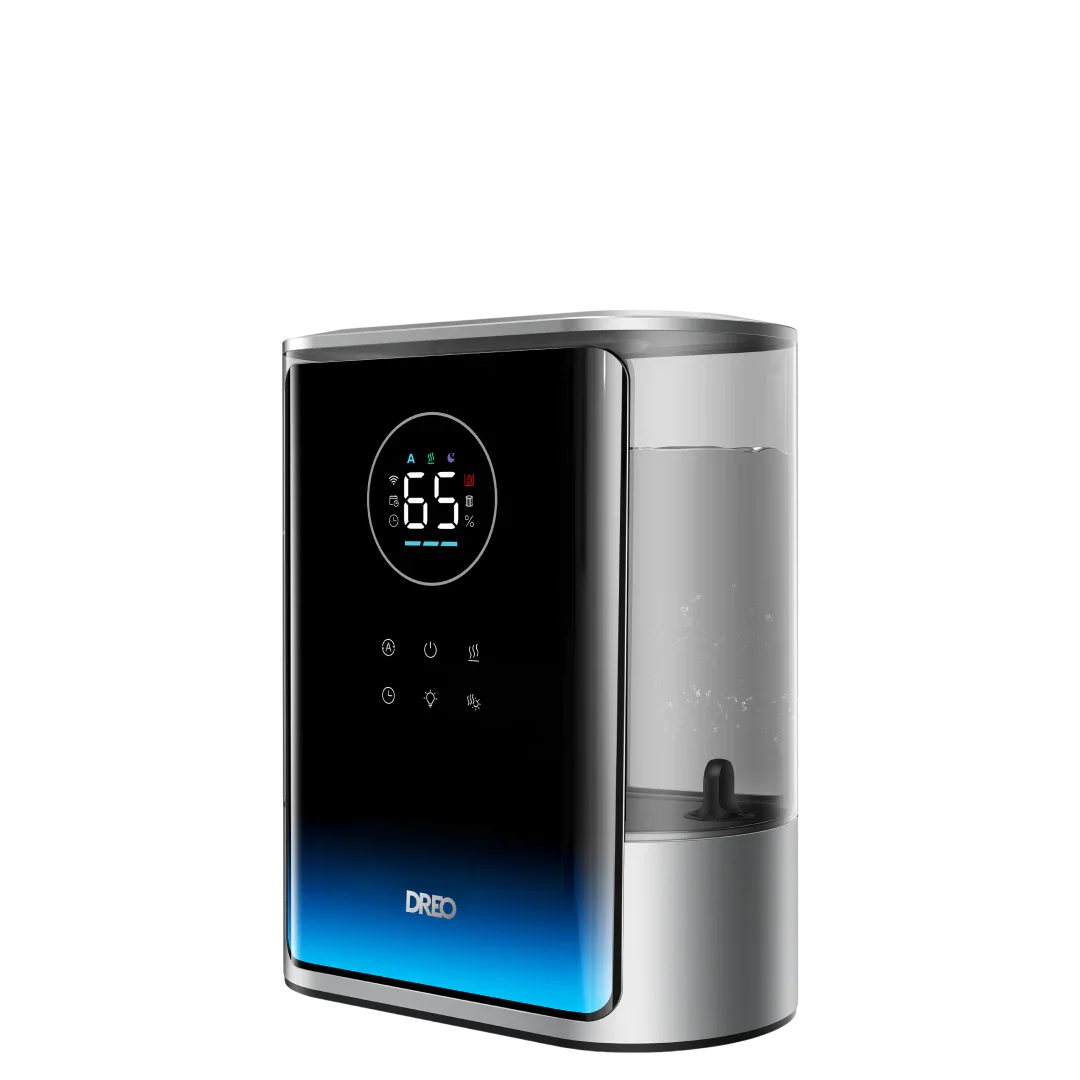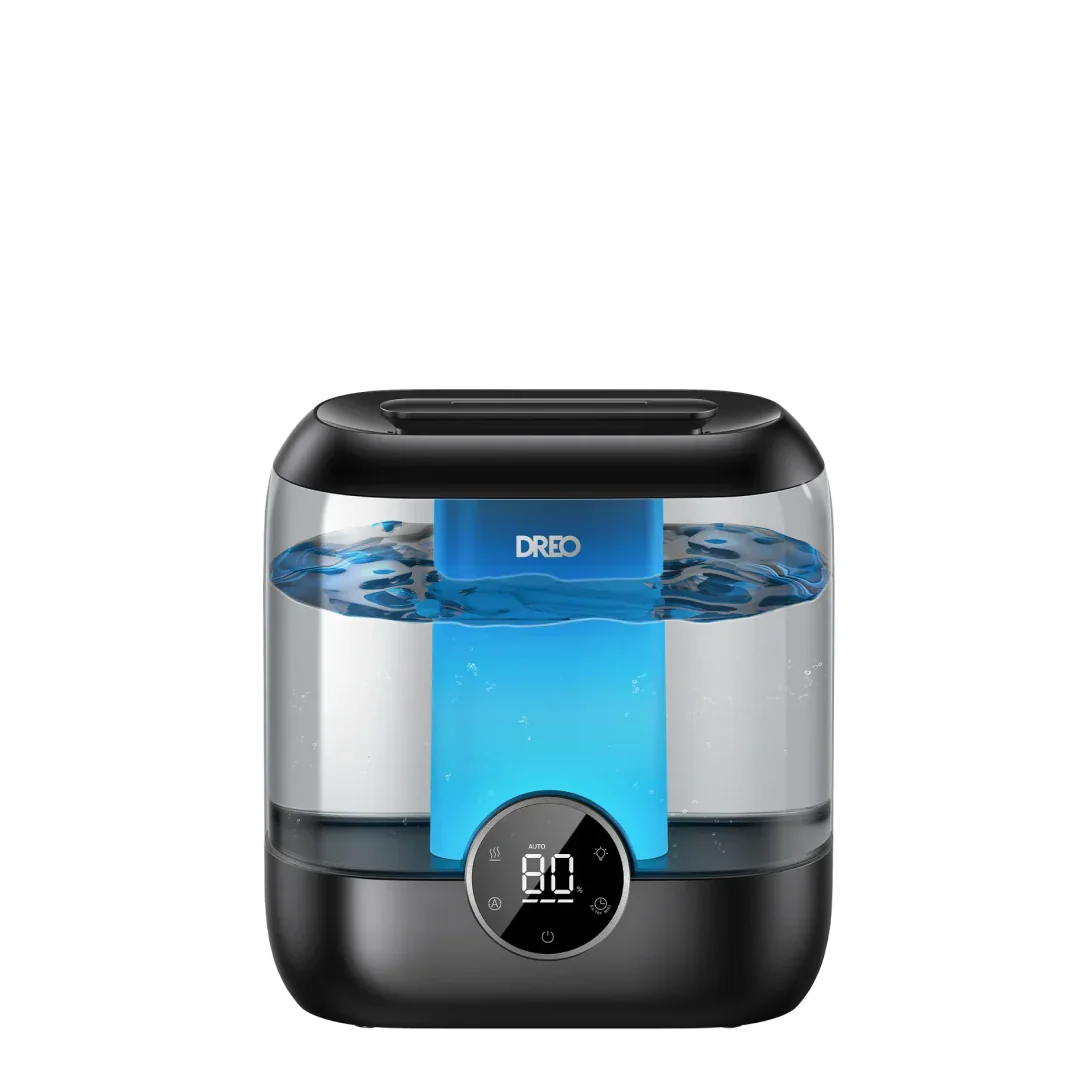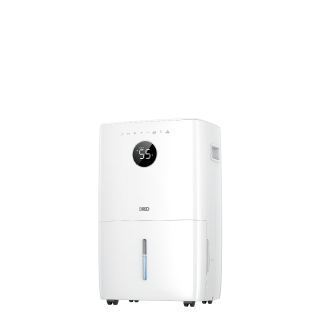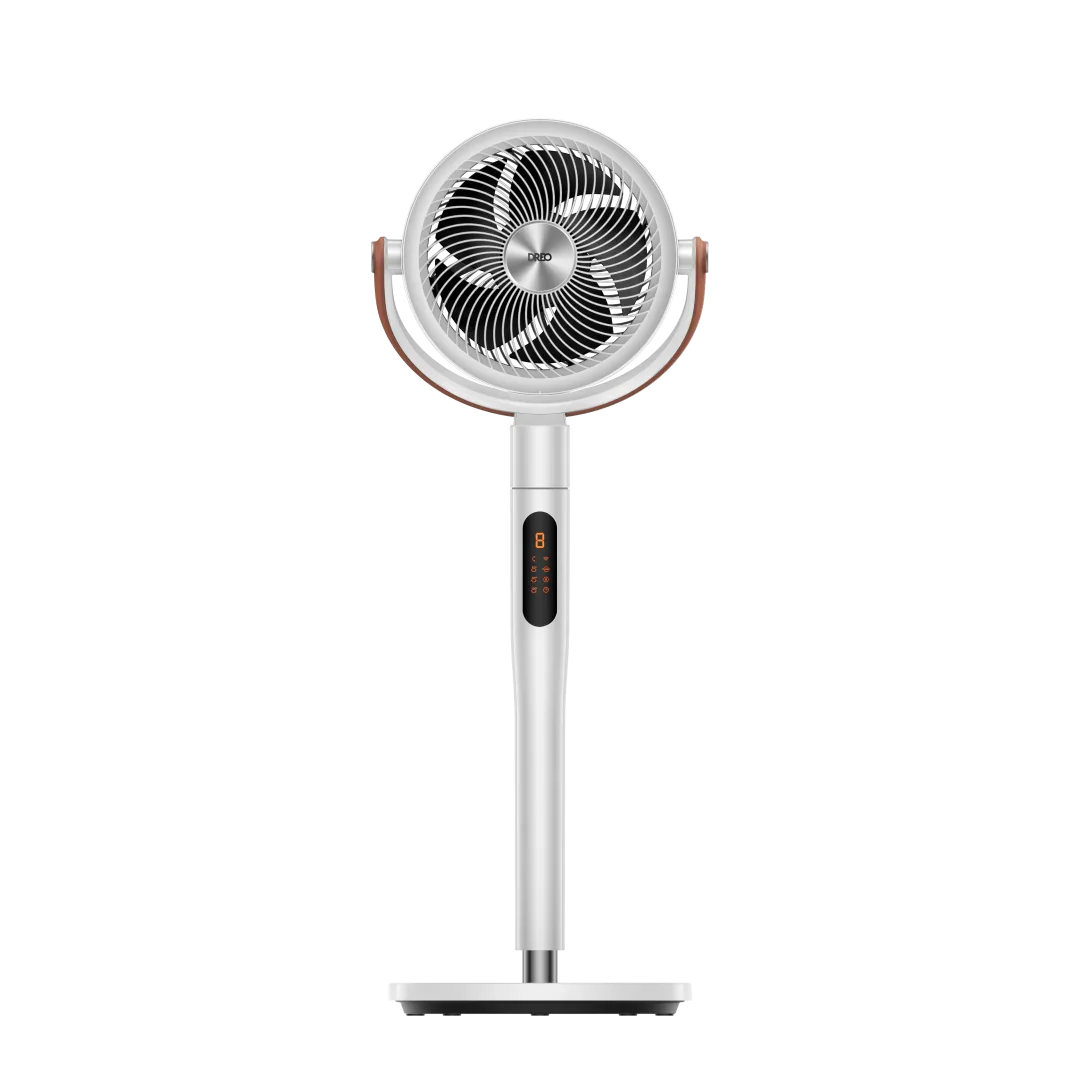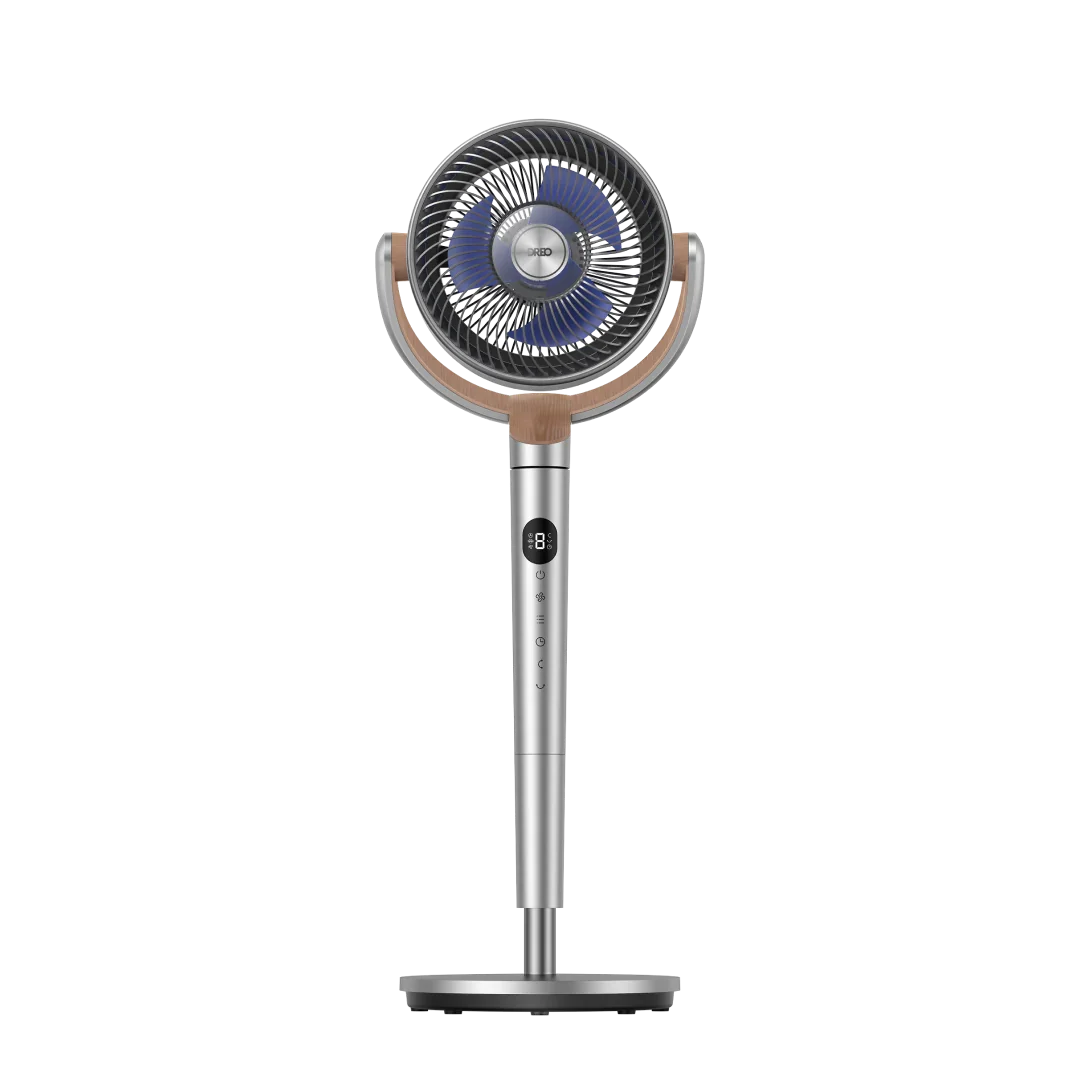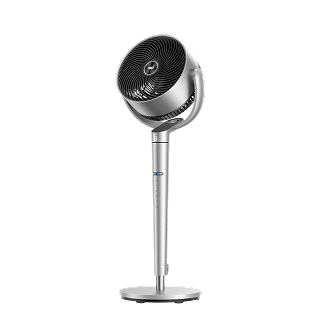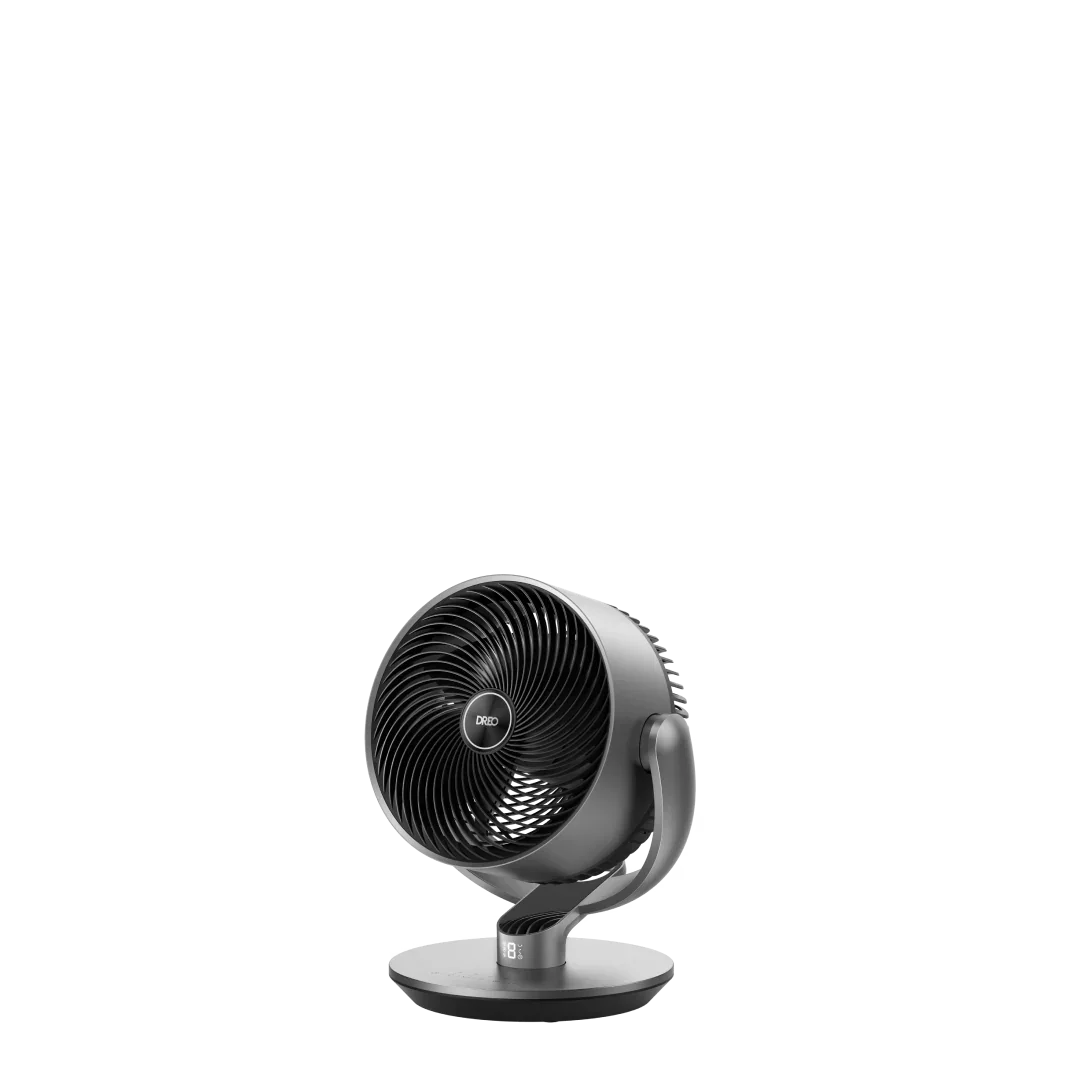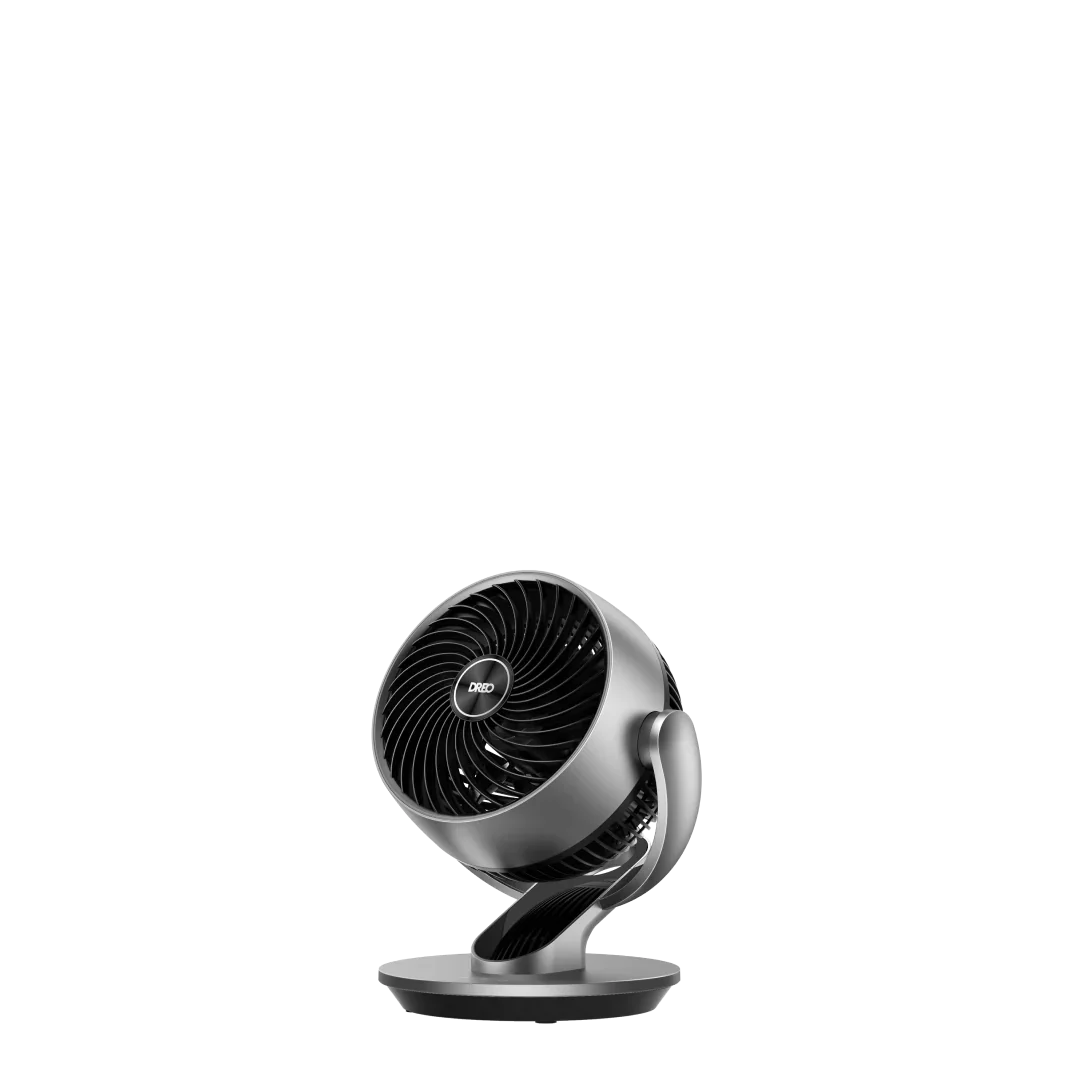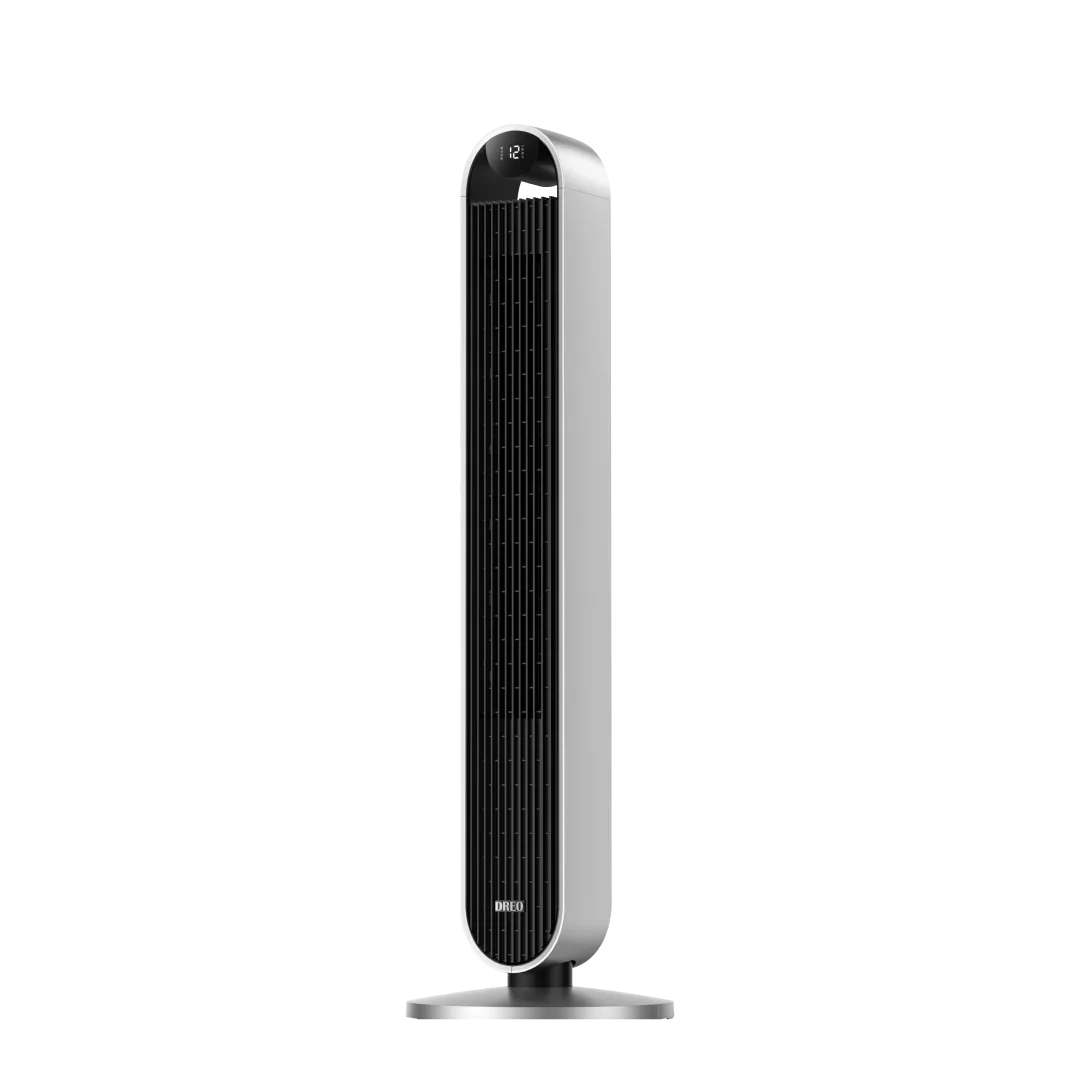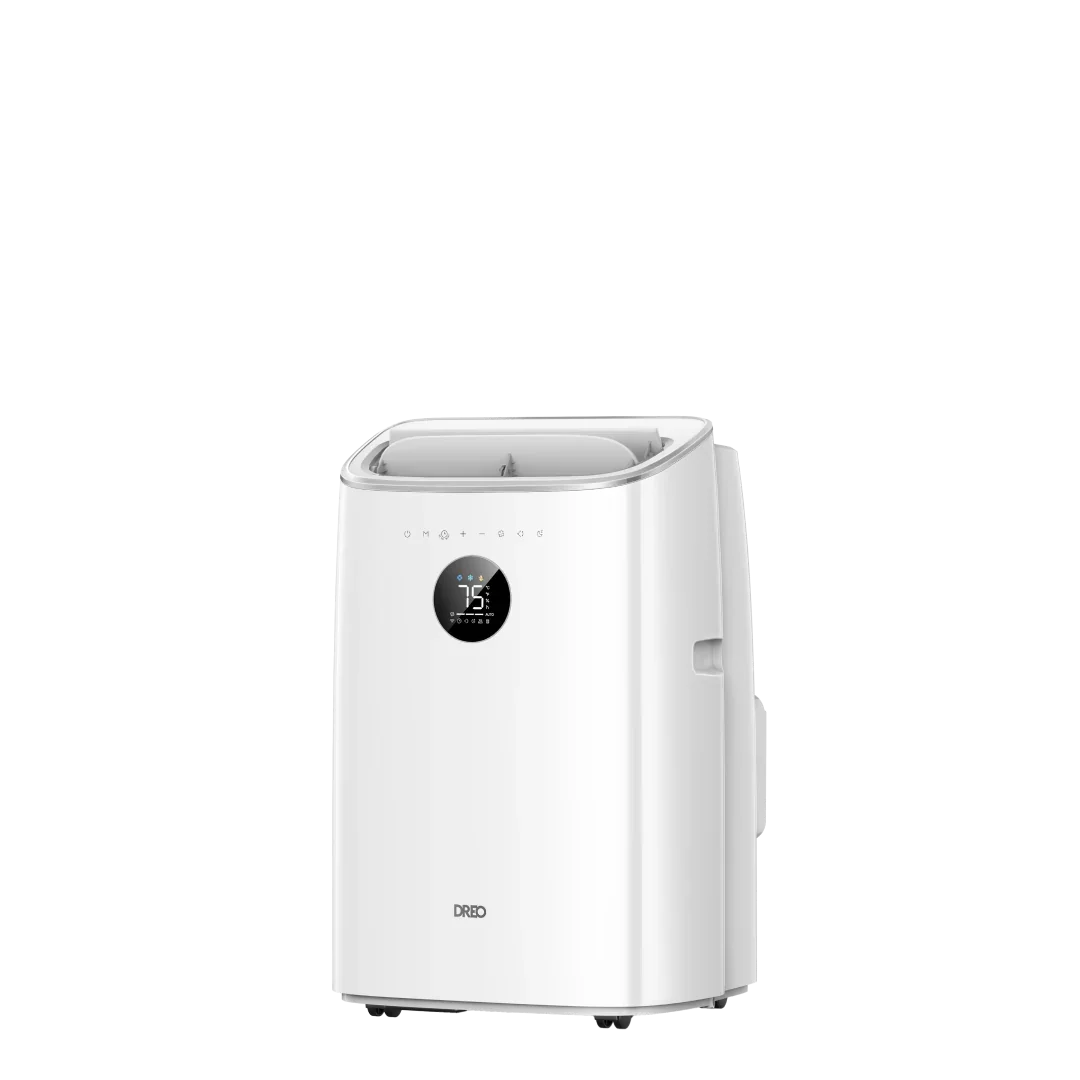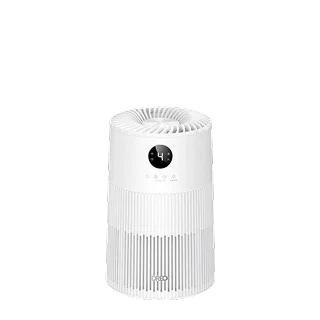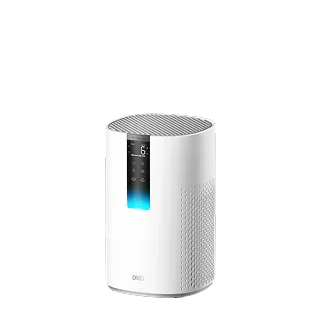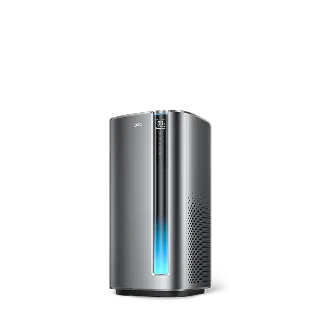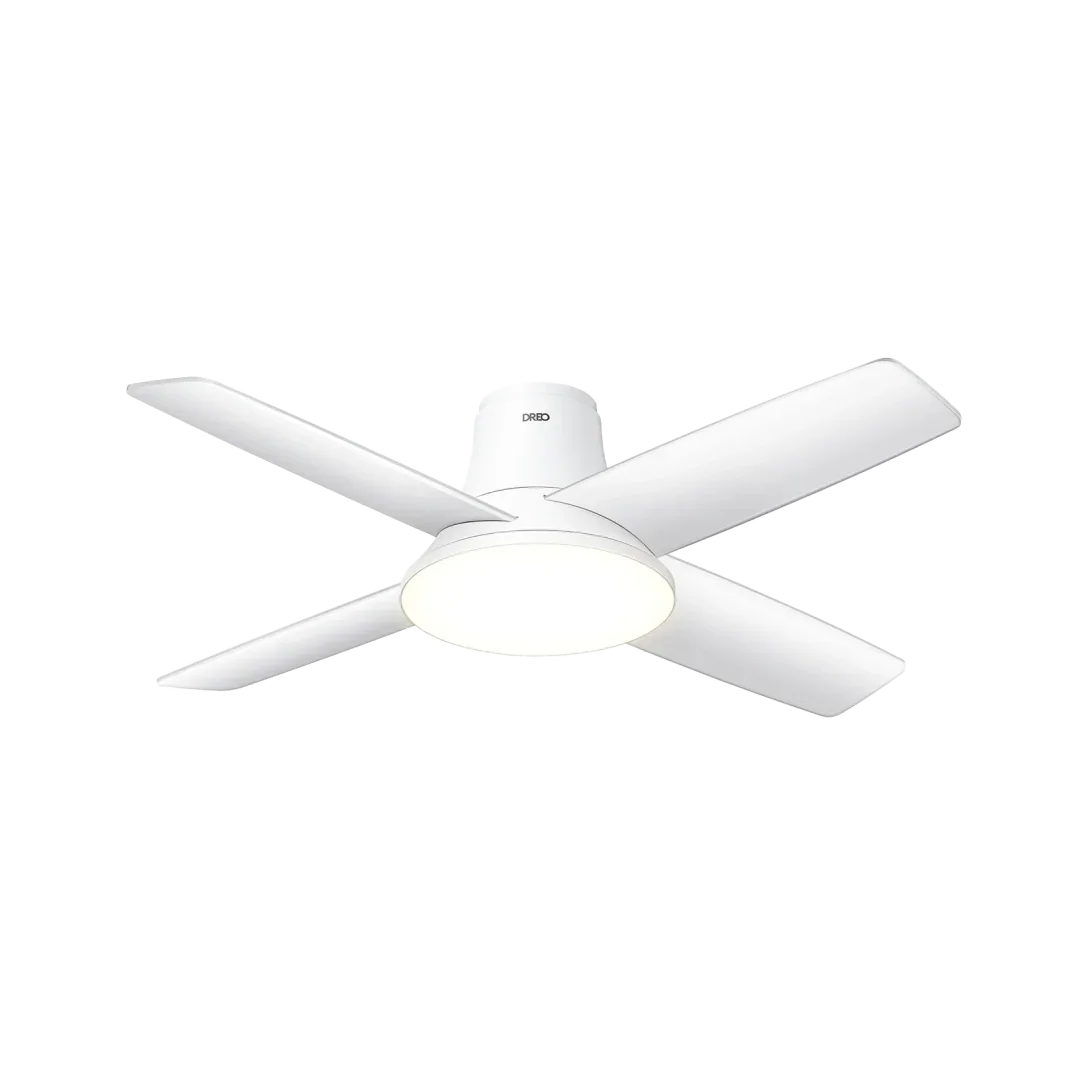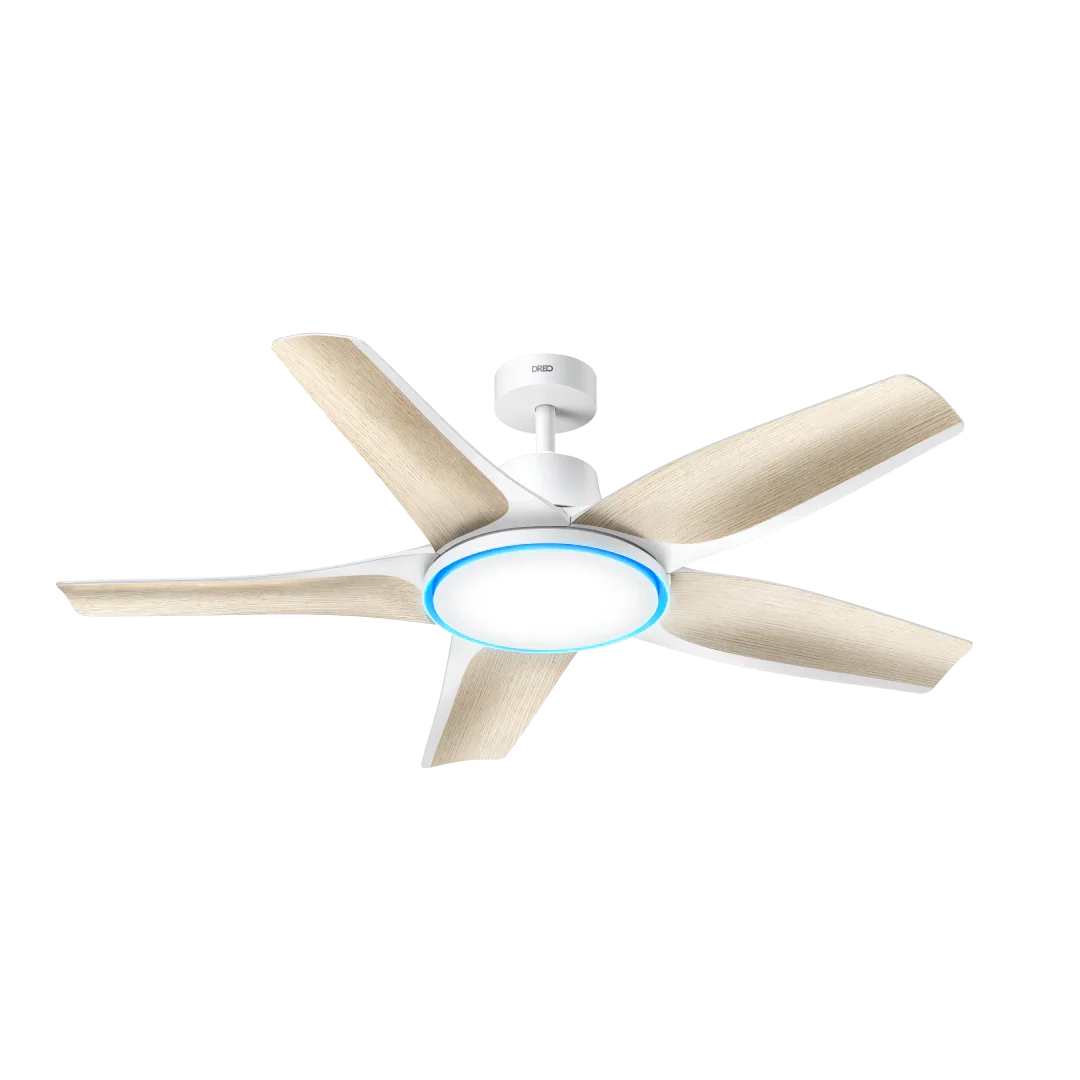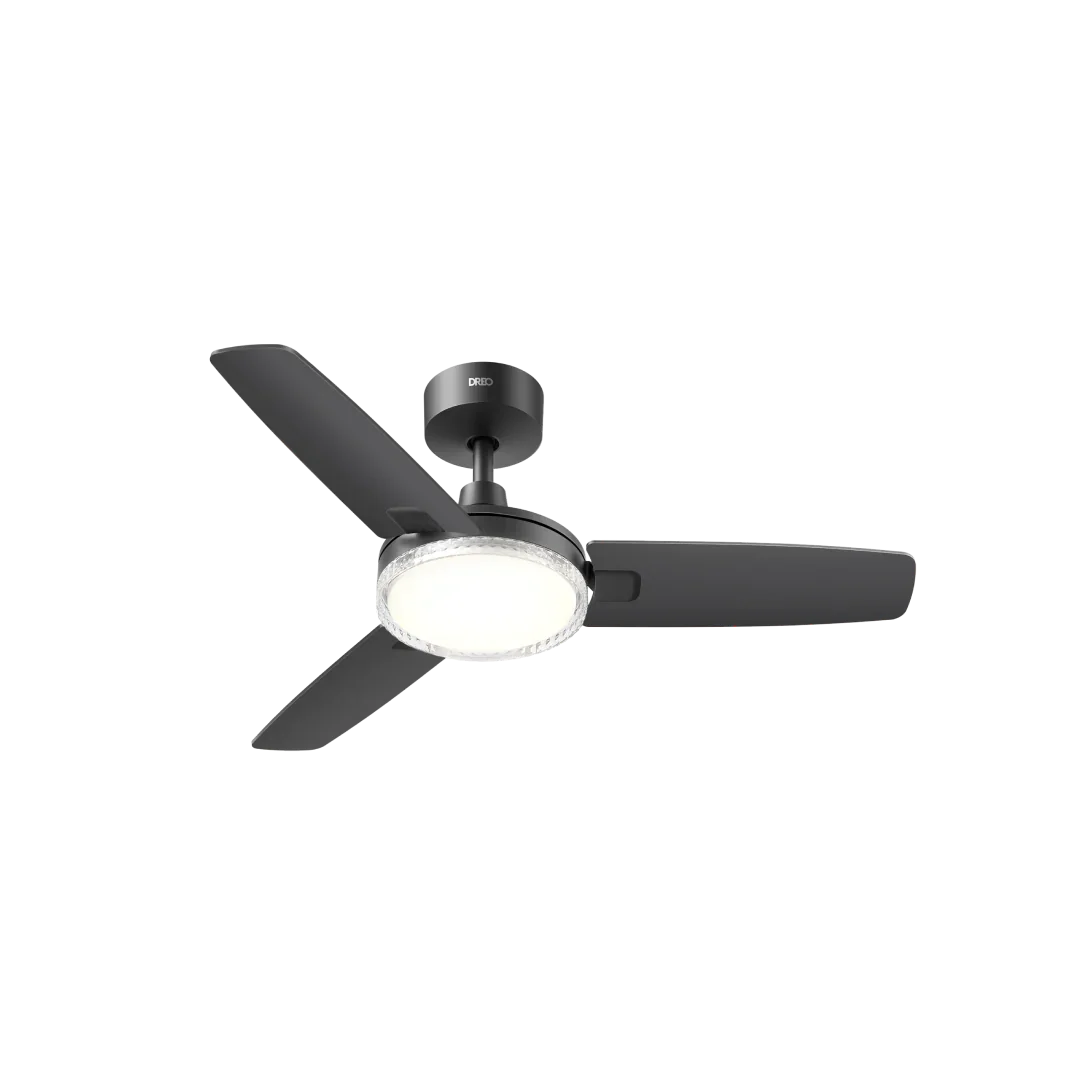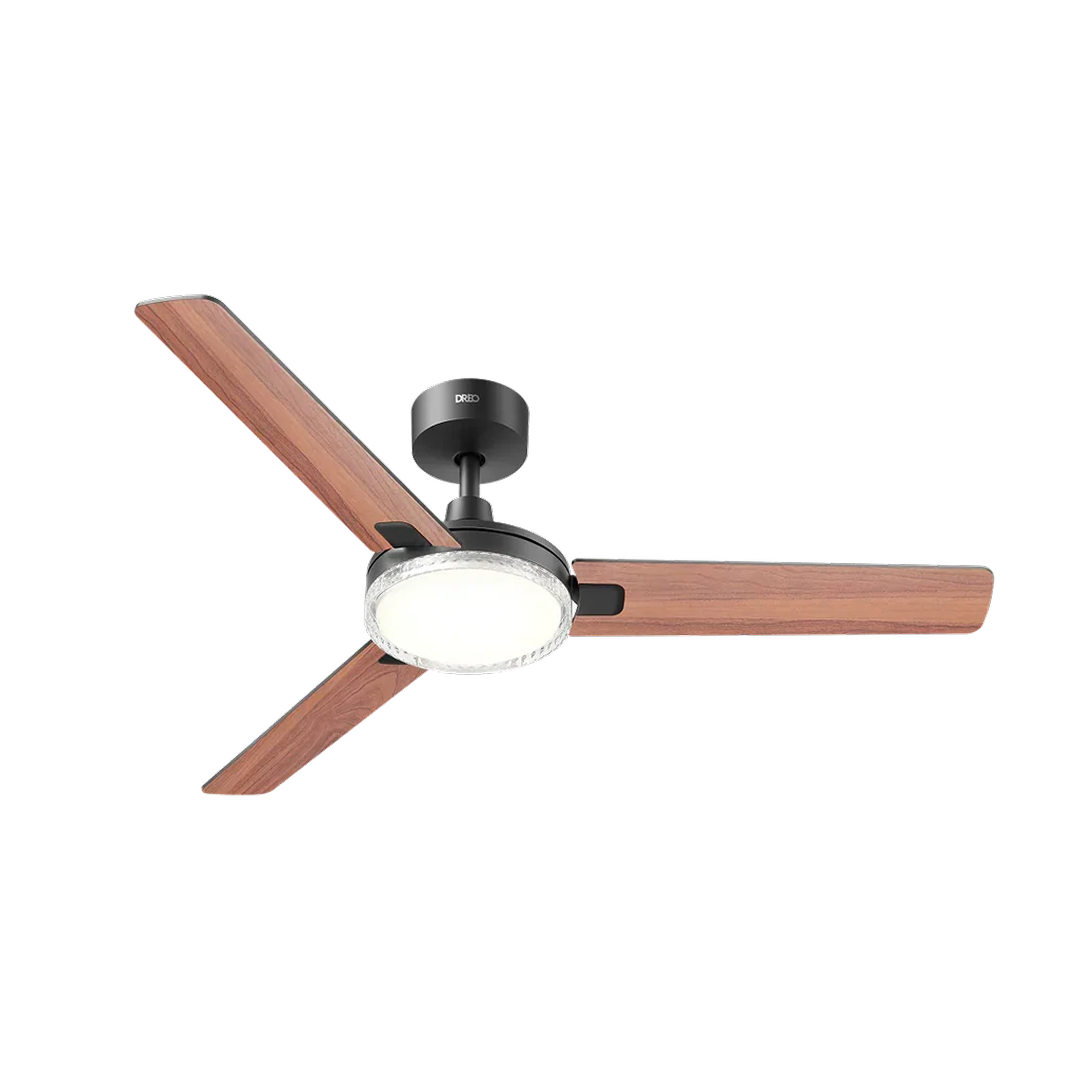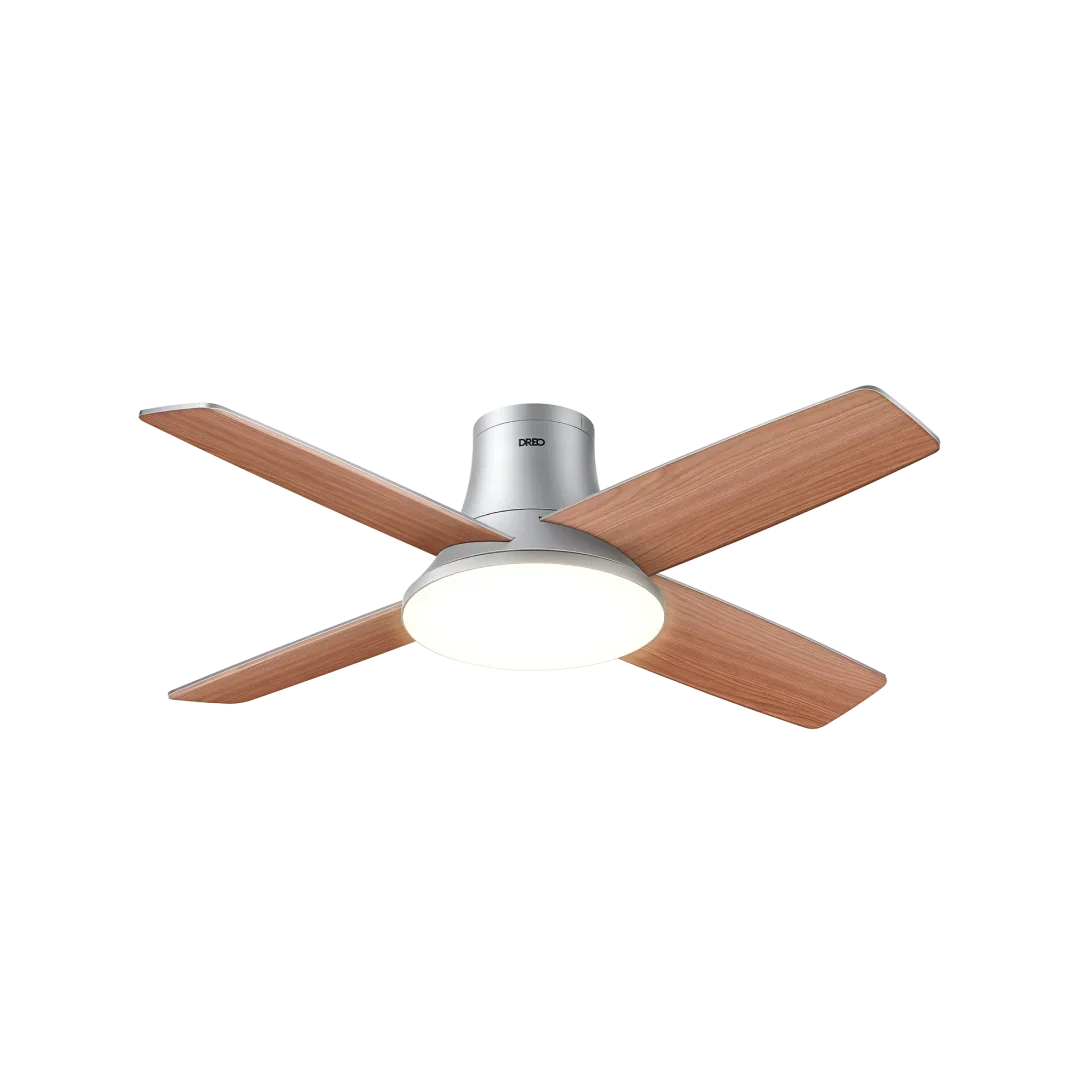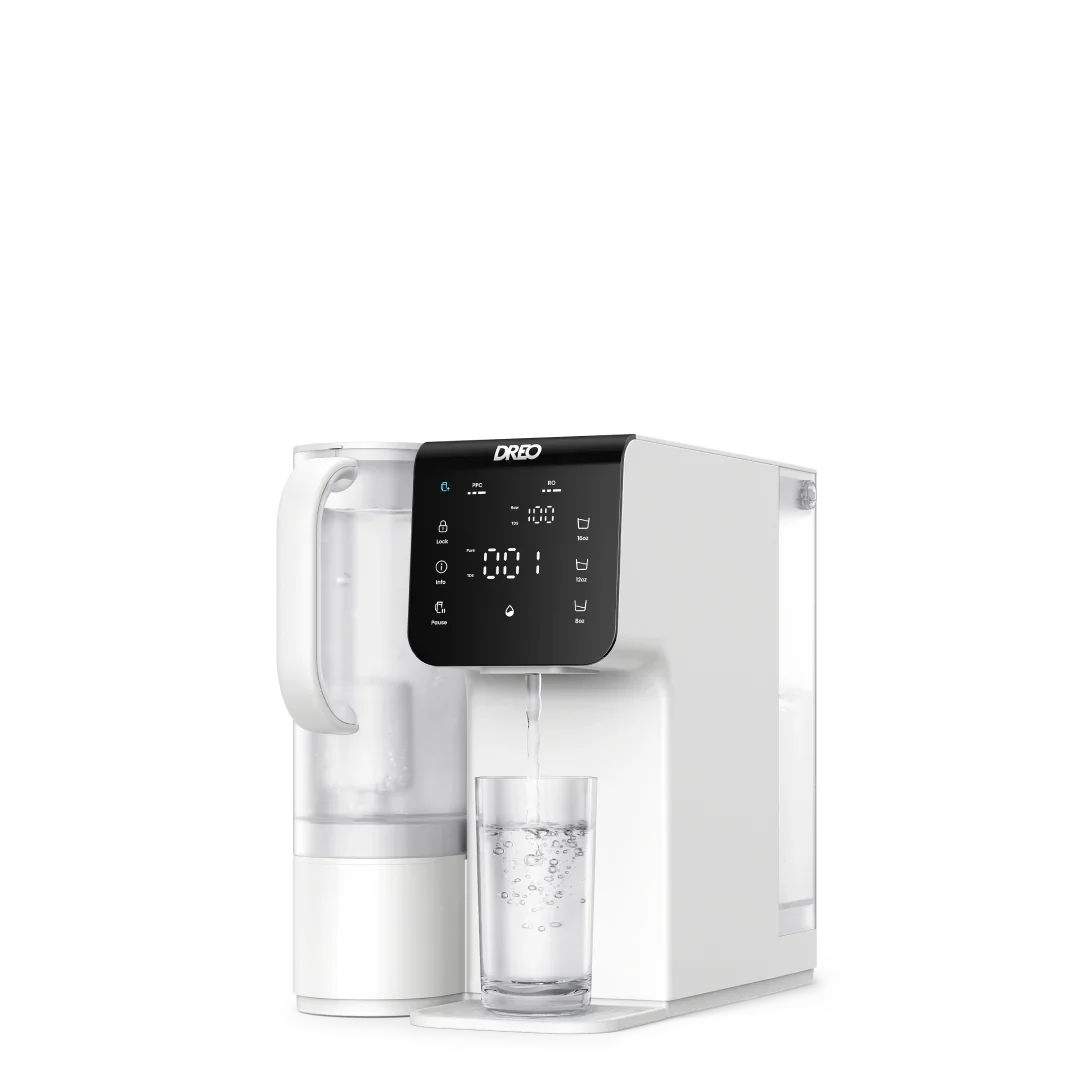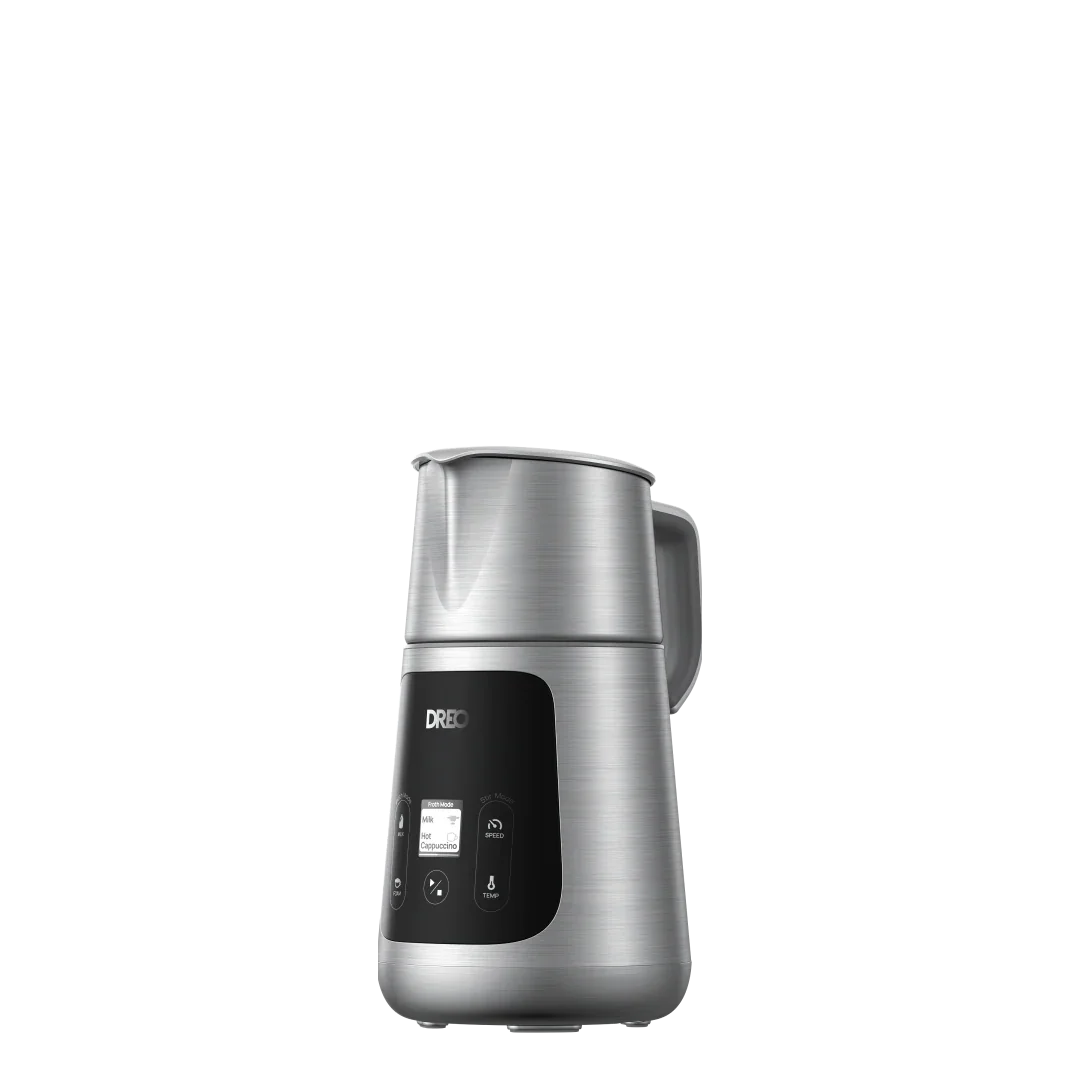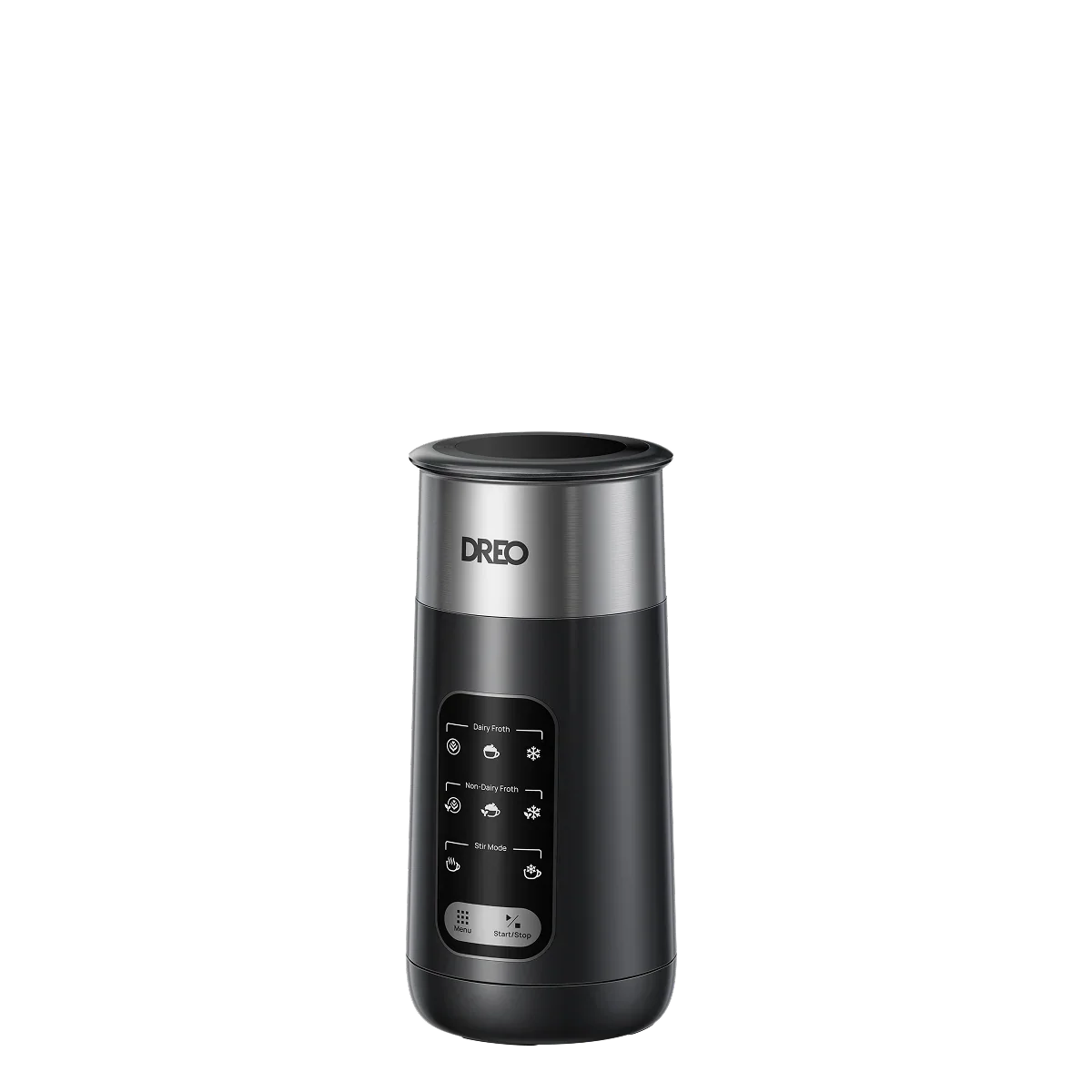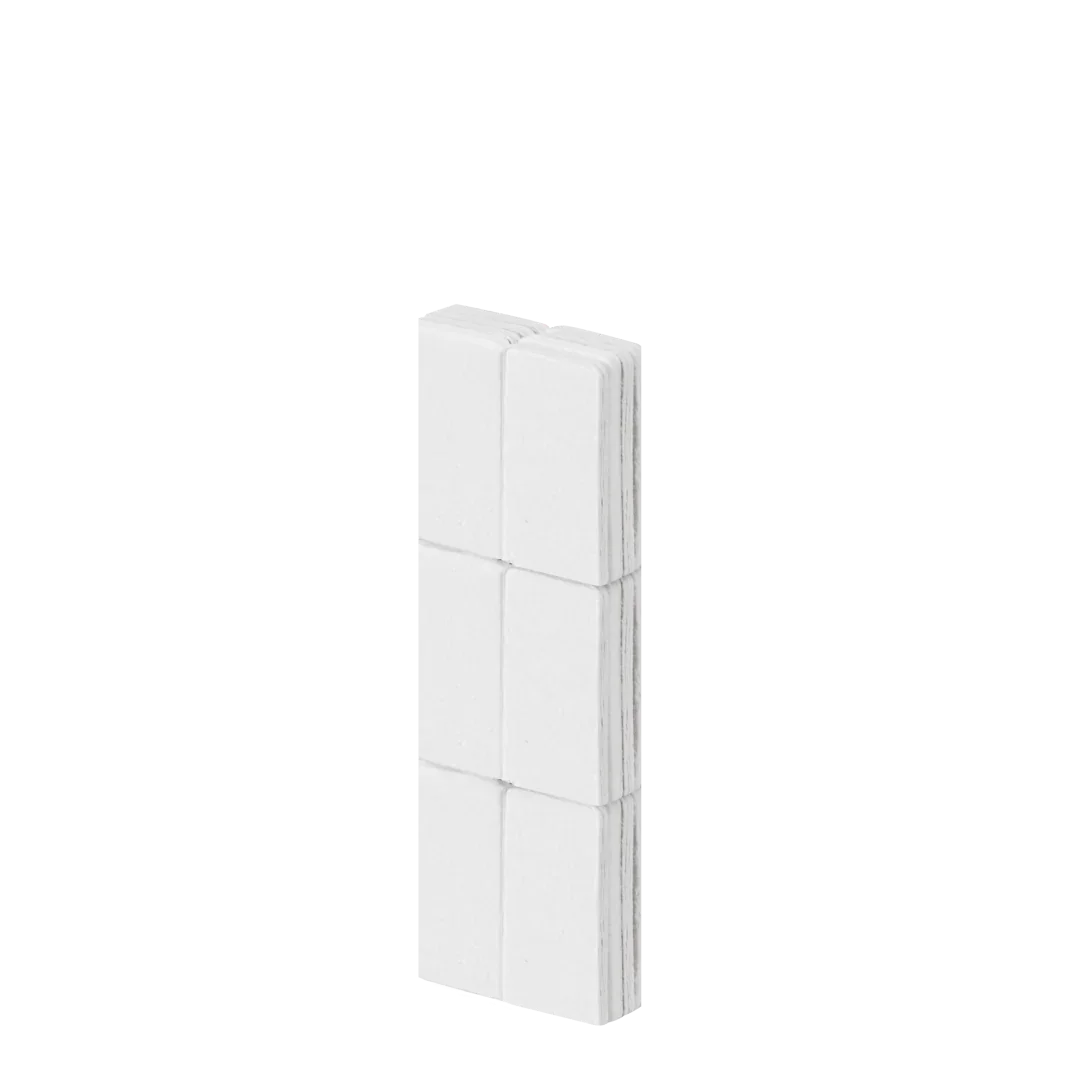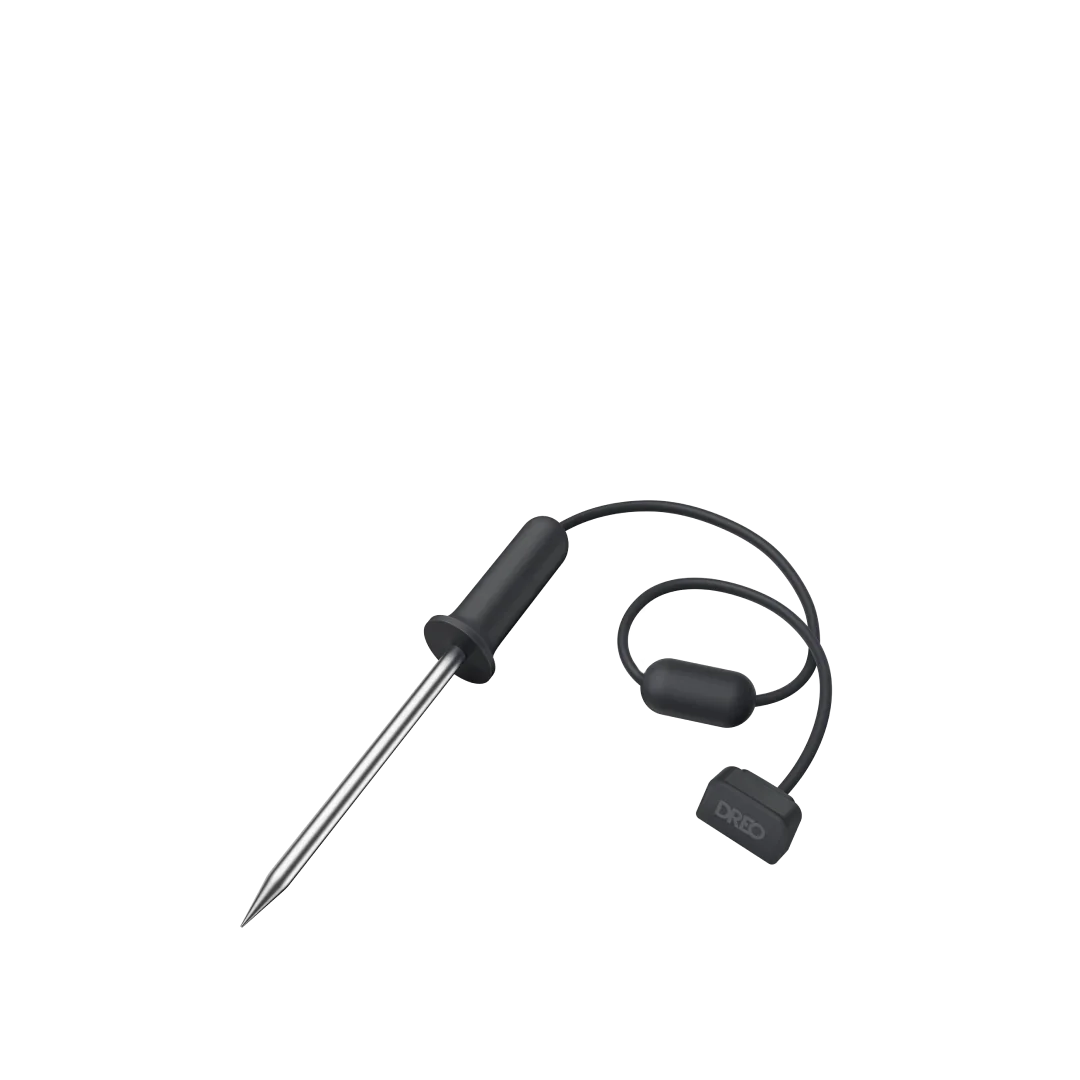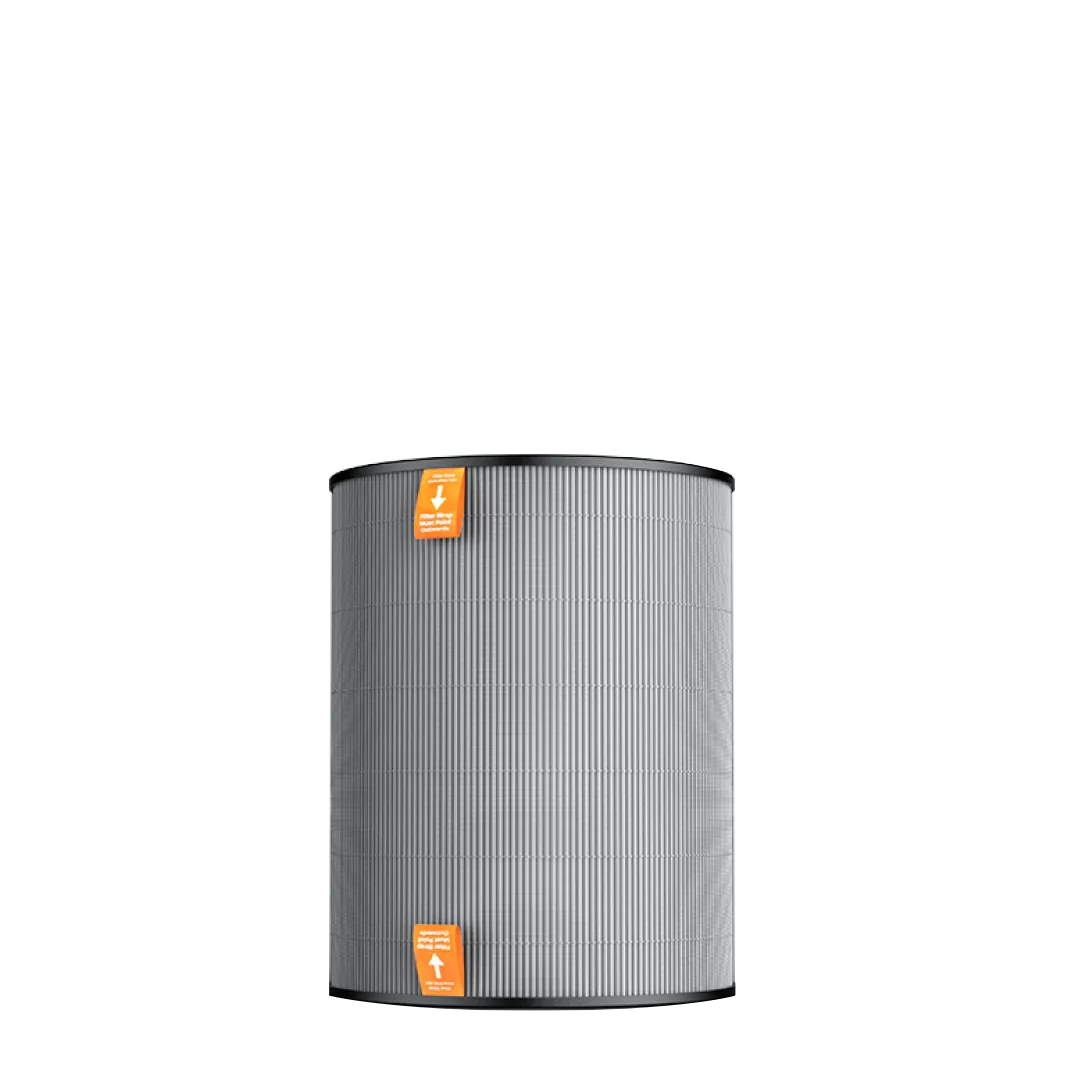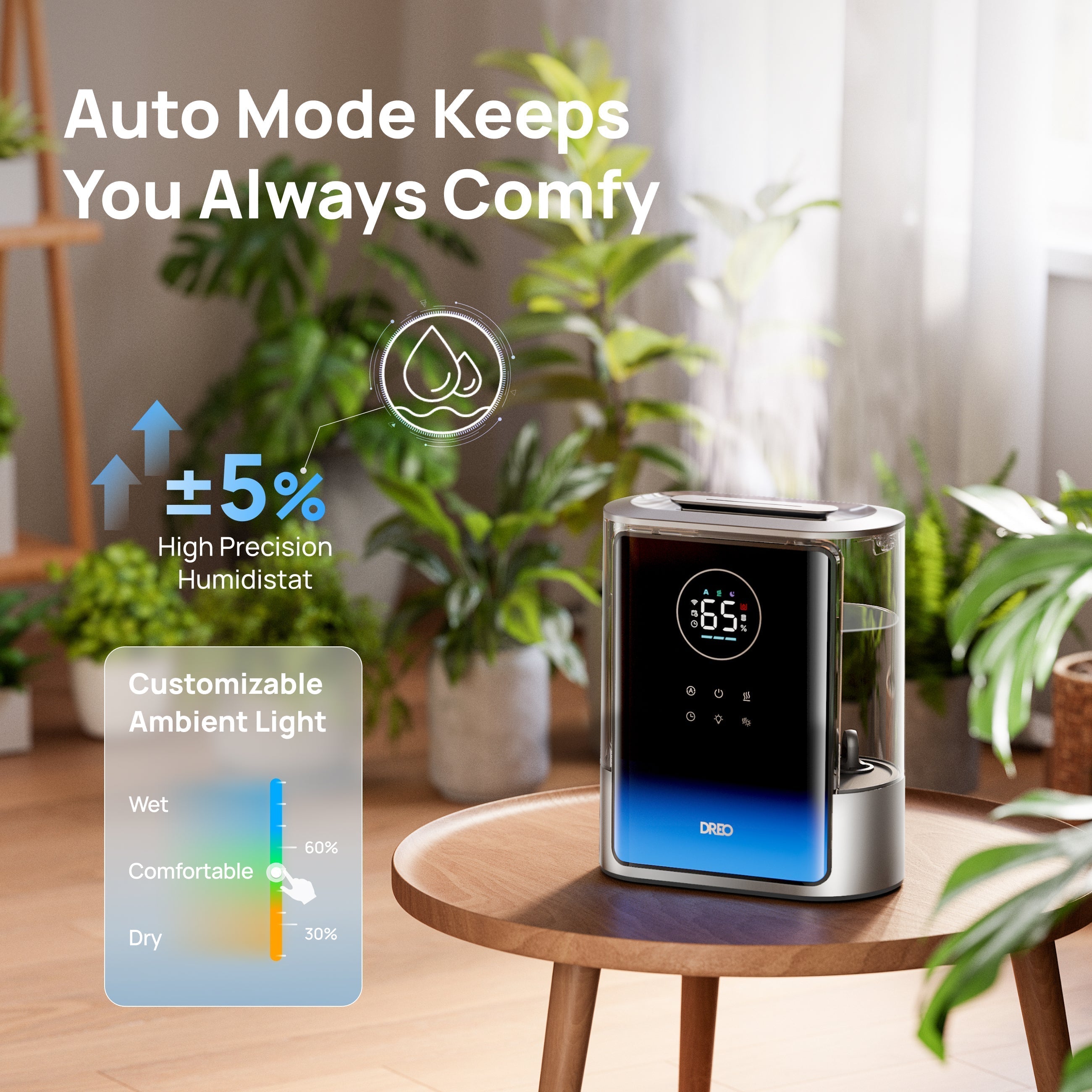Ceiling fans have long been a fixture in homes for their ability to bring instant relief on warm days. Many people assume that a fan actively lowers the room’s temperature, but in reality, the way it works is quite different. Understanding this distinction can help you use your fan more effectively and get the most comfort for the least energy.
How Ceiling Fans Really Work
A
ceiling fan does not cool the air in the same way an air conditioner does. Instead, it creates a wind-chill effect — moving air over the skin helps moisture evaporate faster, which allows the body to release heat more efficiently. This results in a sensation of lower temperature without any actual drop in the room’s reading on a thermometer.
This is why the U.S. Department of Energy recommends raising your thermostat by about 4°F when using a ceiling fan. For instance, if you are comfortable at 70°F with air conditioning, you may be just as comfortable at 74°F with the fan on, potentially reducing cooling costs by 10–12%.
A model such as the
DREO Ceiling Fan 521 makes the most of this effect. With a brushless DC motor and a 14° angled blade design, it generates up to 5,673 CFM of airflow which is about 10% more than traditional models, while maintaining whisper-quiet operation. Even at moderate speeds, it creates consistent circulation that supports comfort without excessive energy use.
Seasonal Versatility: More Than Summer Use
Modern ceiling fans like the
DREO Ceiling Fan 513S, are not limited to warm weather. By reversing the direction of blade rotation, they can also improve comfort in winter.
-
Summer: Counterclockwise rotation pushes air downward, creating a cooling breeze.
-
Winter: Clockwise rotation at a low speed draws cooler air upward, redistributing warm air trapped near the ceiling.
This model simplifies this adjustment with a remote control function, removing the need to manually switch the fan’s direction. With six speeds and aerodynamically curved blades, it provides a range of airflow settings for different activities and times of year.
Lighting and Airflow in One
Today’s advanced ceiling fans, such as the
DREO Ceiling Fan 712S, often combine air circulation with integrated lighting, adding both functionality and design flexibility to a space.
It offers six levels of brightness and five color temperatures (2700–6500K), allowing you to adjust the lighting from bright daylight for focused tasks to warm tones for evening relaxation. RGB ambient lighting with millions of color options is also available, all adjustable via the DREO app. This level of control lets the fan enhance both comfort and the desired atmosphere of a room.
Efficiency and Cost Savings
Ceiling fans consume far less energy than air conditioners, often operating at just 50–54 watts compared to the hundreds or thousands used by cooling units. This makes them a cost-effective complement to climate control systems.
The
DREO Ceiling Fan 334, for example, uses a DC motor that is 50 percent more energy efficient than conventional designs, while still producing up to 5,189 CFM of airflow. Operating at only 31 dB, it is well suited for spaces where quiet is essential, such as bedrooms and study areas.
Making the Most of Your Ceiling Fan
To maximize comfort and efficiency:
-
Switch it off when leaving the room — fans cool people, not empty spaces.
-
Pair it with air conditioning — raise the thermostat while using a fan saves more energy than air conditioning alone.
-
Select the appropriate size — match blade span to room dimensions for optimal performance.
-
Maintain clean blades — dust accumulation can hinder efficiency.
-
Use available controls — timers, speed adjustments, and smart features allow you to tailor operation to your daily routine.
Final Takeaway
Ceiling fans may not physically cool the air, but by enhancing the body’s natural cooling process, they can make spaces feel noticeably more comfortable. Choosing
DREO ceiling fan models with high airflow efficiency, quiet operation, and adaptable features allows them to provide comfort throughout the year.





